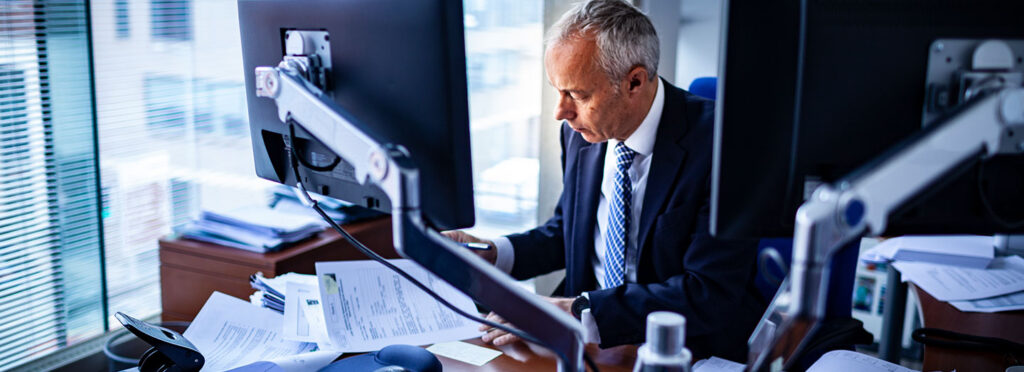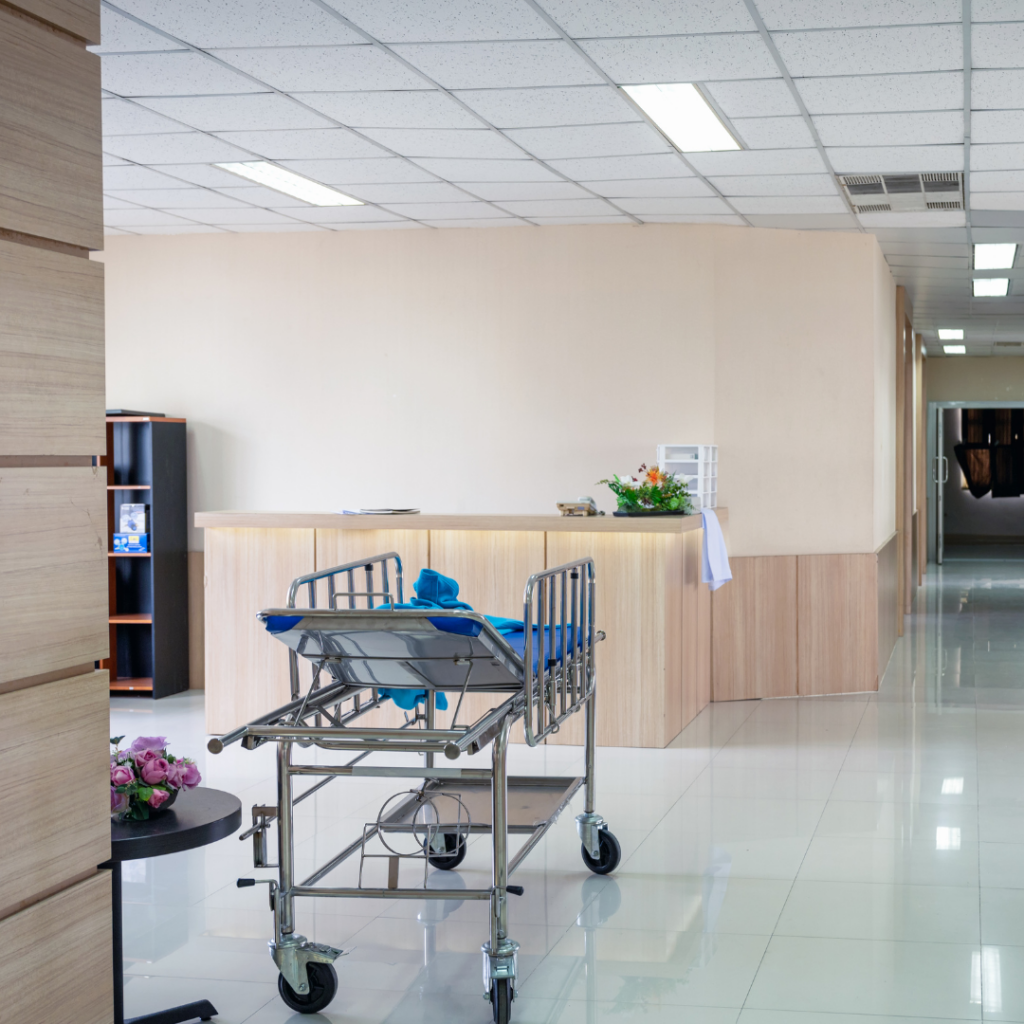Workplace safety is a fundamental priority, but tragic events such as the accident at Dublin Port highlight the harsh reality of neglecting safety standards. On 14th August 2019, Nicholas Collier, a 55-year-old worker, lost his life after being struck by a forklift-like container handler. The incident has since become a crucial talking point in promoting safer environments within high-risk sectors like port operations.
This blog will dissect the tragic event, examine the legal responsibilities of employers, and provide port workers with actionable steps to ensure their safety. By prioritising training, communication, and compliance, workplaces can avoid preventable fatalities.
A Tragic Case of Oversight
The high-stakes working environment of Dublin Port turned fatal when a container handler with restricted visibility struck Nicholas Collier. The machinery operator, whose cab was three metres high, was unaware that Collier was struck, and CCTV footage revealed that Collier was not visible from the handler.
The court imposed fines totalling €450,000 on Kalmar Solutions AB and Scruttons (NI) Ltd for breaches under the Safety, Health and Welfare at Work Act. This incident serves as a sobering reminder of the devastating consequences of insufficient workplace safety measures.
The Importance of Employer Responsibility in Workplace Safety
Employers hold a moral and legal obligation to uphold safety measures to protect employees, contractors, and anyone affected by operations. Irish law, particularly the Safety, Health and Welfare at Work Act 2005, mandates employers to:
- Conduct thorough risk assessments.
- Ensure the continual use of up-to-date safety equipment.
- Maintain clear and frequent communication protocols.
- Implement precautionary systems, such as mirrors for better visibility and designated safe zones.
While these laws exist to safeguard workers, incidents like the one in Dublin Port expose gaps in their practical implementation.
Key Takeaways for High-Risk Work Environments
1. The Critical Role of Communication
A recurring theme in workplace accidents is poor communication. Whether it’s crane operators, handlers, or ground staff, seamless and standardised communication reduces risks. Workers should be trained to use systems like radios and monitors effectively.
2. Strict Adherence to Protocols
Deviation from operational guidelines often results in grave mistakes. For instance, lifting two containers simultaneously rather than one led to risks in previous Dublin Port incidents. Employers and workers need to ensure that operational protocols are strictly followed.
3. Technology Implementation
Investing in technology like collision-detection systems, mirrors for better visibility, and autonomous vehicle operations can drastically reduce potential hazards.
4. Ongoing Training
Port workers must be equipped not only with the necessary skills but also with updated knowledge of safety protocols. Regular workshops and certifications can lead to safer operational standards.
5. Accountability at Every Level
Employers must ensure supervisors enforce safety measures, and workers should feel empowered to raise concerns when procedures are compromised. When accountability is shared, mistakes are easier to flag and fix.
Practical Steps for Port Workers to Stay Safe
While employers bear much of the responsibility for workplace safety, workers themselves must remain vigilant. Here are steps every worker should follow:
- Adhere to Assigned Training
Always complete any health and safety courses recommended by your employer to fully understand the risks involved in your tasks and the safety measures in place.
- Report Unsafe Conditions or Equipment
Identify any malfunctioning machinery, miscommunication tools, or structural risks immediately.
- Use Personal Protective Equipment (PPE)
Follow the safety guidelines regarding PPE use, ensuring equipment such as helmets, visibility vests, and work boots are always intact and functional.
- Document and Report Accidents
If you sustain an injury or witness unsafe practices, document the occurrences promptly. Providing detailed accounts plays a pivotal role in ensuring safety improvements moving forward.
- Engage in Health and Safety Discussions
Participate in workplace safety meetings, contribute ideas, and remain updated on safety upgrades or changes introduced by management.
Moving Forward and Pursuing Accountability
Tragedies such as the one at Dublin Port highlight not only operational failings but the profound need for justice and accountability. Workers impacted by negligence should always seek legal help to ensure their rights are upheld and restitution is provided.
Firms like HOMS Assist specialise in helping workers who’ve suffered injuries in workplace accidents. With over 50 years of expertise in personal injury law, they support clients in navigating the legal landscape while pursuing compensation for medical costs, lost income, and emotional suffering.
If you or someone you know has been injured in a workplace accident, don’t hesitate to reach out. The guidance of a trusted legal professional can bring clarity and resolution during difficult times.
Safer Ports, Better Futures
The fine imposed following the Dublin Port tragedy should highlight how pivotal workplace safety is across all high-risk sectors. However, financial penalties alone cannot bridge the loss of human life. From enhanced communication to strict technology adoption, the onus is on employers, supervisors, and workers alike to collaborate in fostering a safer working environment.
By learning lessons from cases like Nicholas Collier’s, we can strengthen operations and reduce risks for all. If you’re a port worker facing safety concerns or have already experienced an accident, explore your legal options with the support of HOMS Assist’s workplace accident claims specialists.









